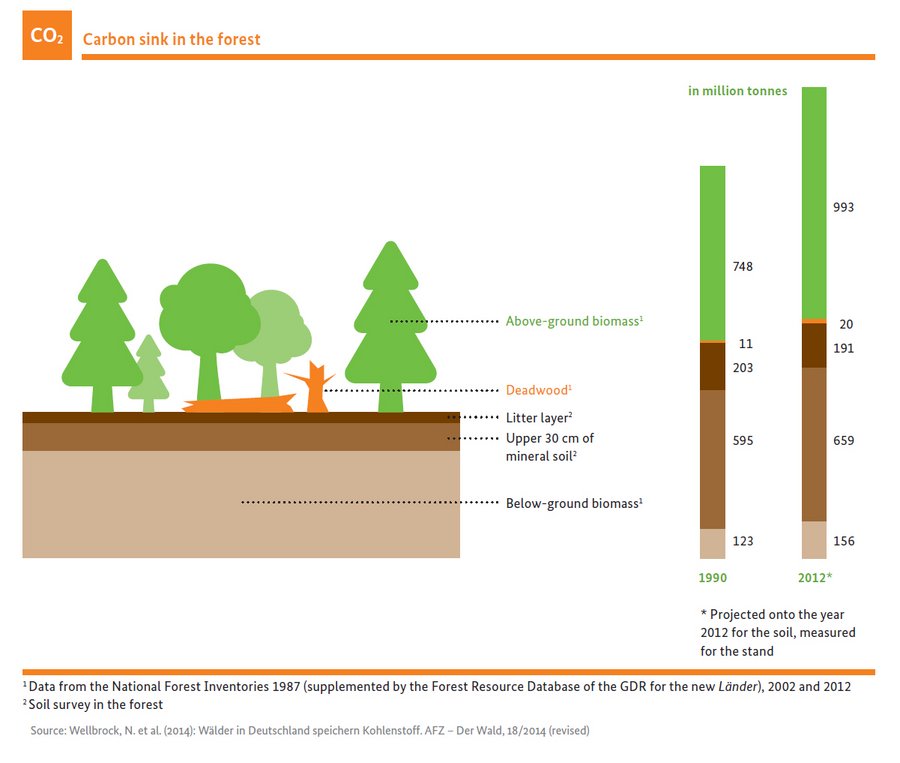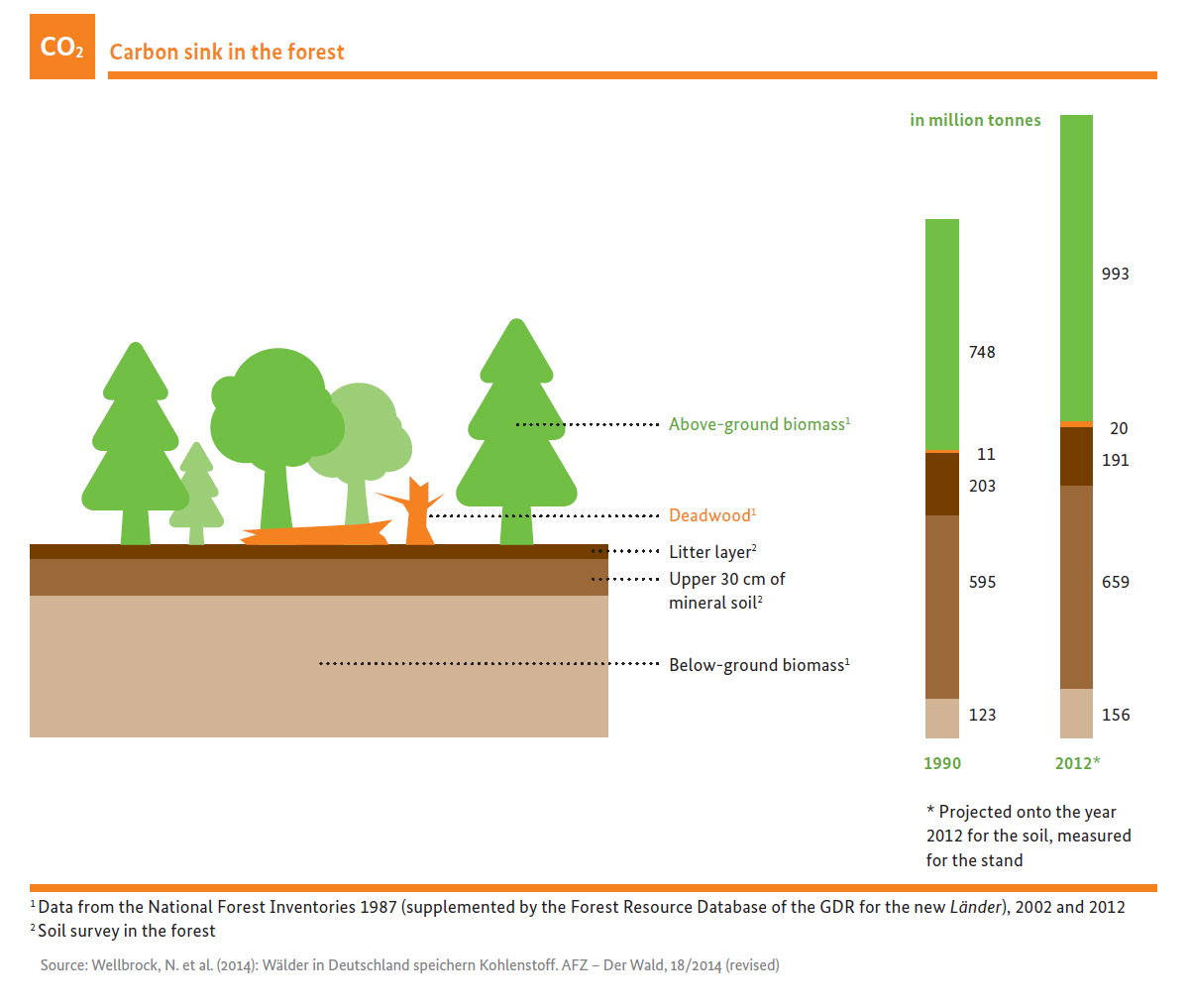Climate change is one of the most significant current challenges for forestry. The speed at which the climate is changing is problematic for the forests and forestry. Trees are long living and immobile, and forest stands are subjected to highly varying environmental and growth conditions during their lifespans. If forests are unable to adapt to changes in the environment, individual trees are weakened, but more-over, the entire forest ecosystem becomes impaired. Due to climate change, forest trees that are now still well adapted to the climate in their site may in future be faced with increasing problems with the increased frequency of weather extremes or with a gradual change on site.
Climate change has made forestry more risky. Foresters must take these future changes in growth conditions into account without knowing where and to what extent certain changes may take place. The tree species composition of forests is one important approach to stabilizing and vitalizing the stands and preserving the functions of the forest.
The diversity of mixed forests distributes the risk. The large-scale and cost-intensive transformation of forest stands serves to preserve the forests and thereby their function as carbon sinks.
Trees need the greenhouse gas carbon dioxide (CO2) in order to grow, and therefore bind it within the timber. This makes forests a carbon sink when the increment exceeds use. They store carbon and can therefore contribute globally to lowering the CO2 content of the atmosphere.
The National Forest Inventory serves as the data basis for estimating the carbon stock for living biomass above and in the soil and for deadwood during the observation period from 2002 until 2012.
At present, 1,169 million tonnes of carbon are bound in living trees and in deadwood. That is approximately 105 tonnes of carbon per hectare in of the aboveground and belowground biomass (not including the litter layer and mineral soil).
The soil survey in the forest indicates that the litter layer and the mineral soil contain another 850 million tonnes of carbon. The forests in Germany presently act as sinks and remove approximately 52 million tonnes of carbon dioxide from the atmosphere every year (Dunger, K. et al. (2014): Nationaler Inventarbericht Deutschland 2014, Kap. 7.2 Wälder. Umweltbundesamt, Nr. 24/2014). They lessen emissions by approx. 6 %.
Forest bind CO2

